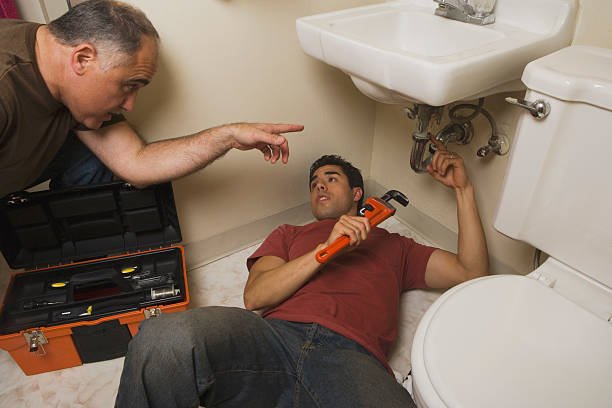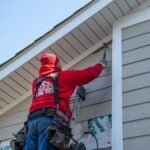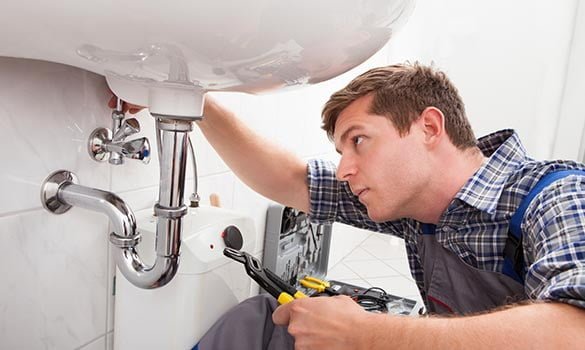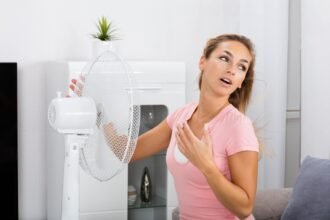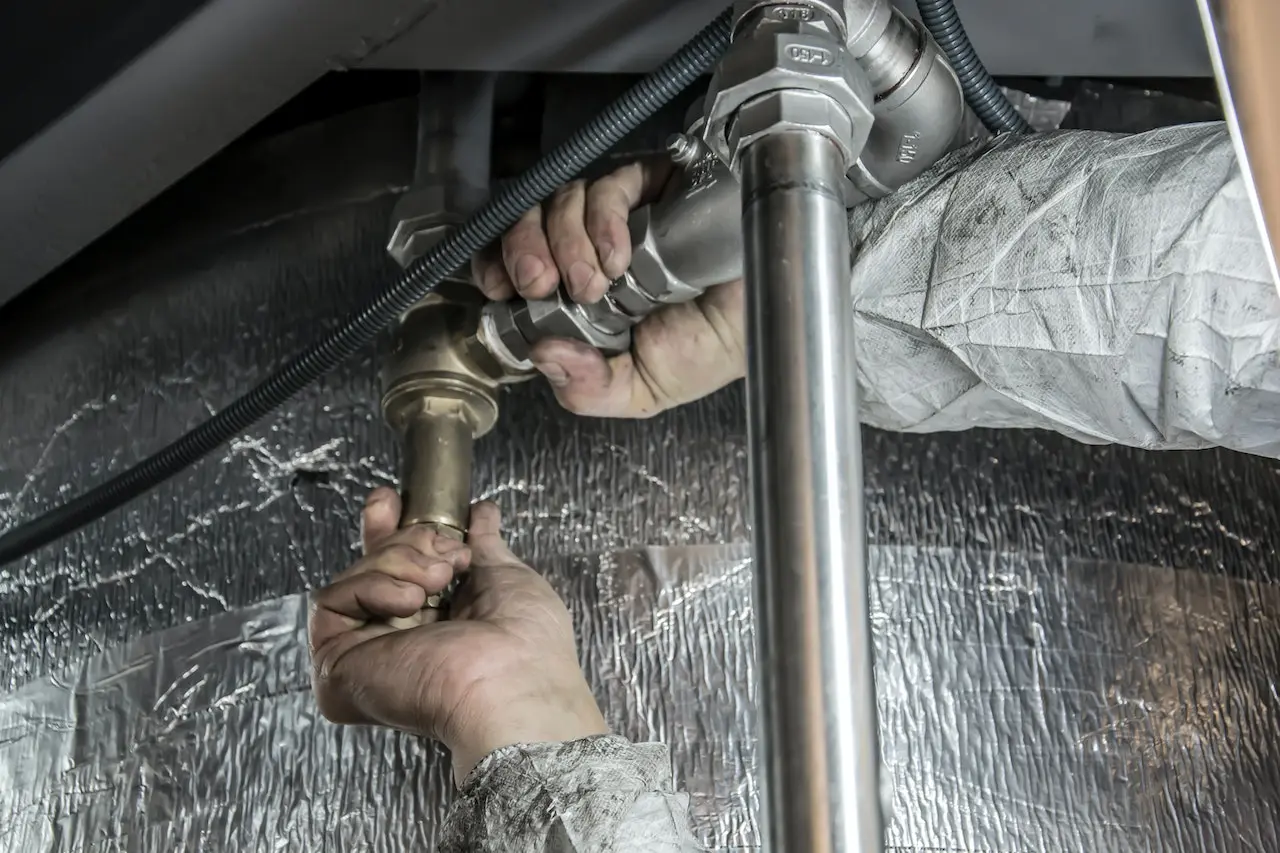Any moment is too soon for a plumbing emergency that may flood your house and throw your life into disarray. Water-related problems, such as broken pipes, blocked drains, and water heater breakdowns, need prompt response.
While waiting for an emergency plumber to come, you may take some crucial measures to minimize the damage and protect your property. Here, we’ll take a look at the top 10 plumbing crises and provide some helpful advice for dealing with them.
1. Burst Pipes
One of the worst possible plumbing crises can happen is a pipe bursting and flooding your house. In the event of a burst pipe, please proceed as follows:
Immediate Action:
- Find the main water shut-off valve and flip it to the “off” position to instantly halt the water flow into your house.
- Turn on all of the home’s faucets to release pressure and divert water around the broken pipe.
Before the Plumber Arrives
- Find the damaged pipe and label it so the plumber may easily find it later.
- Pipe clamps or rubber patches may be used as a stopgap measure before the plumber can be called.
2. Clogged Drains
Water backup, foul smells, and possible water damage are all consequences of a blocked drain. So, here’s how to deal with it:
Immediate Action
- If the sink or bathtub is filling up due to the blockage, switch off the water supply to stop the water from overflowing.
- Do not use any chemical drain cleaners, as they may corrode pipes and make the blockage much worse than it already is.
Before the Plumber Arrives
- Use a plunger to try to remove the blockage, but be cautious not to get any of the chemical cleansers that may have been used in the past on your hands.
- Dissolve grease and tiny obstructions using a combination of hot water and vinegar and pour it down the drain.
3. Water Heater Failure
Having no hot water is an inconvenience when your water heater breaks down. What you can do is as follows:
Immediate Action:
In the case of an electric water heater, switch off the breaker. The gas valve on a water heater should be turned to “pilot.”
Before the Plumber Arrives:
- If the water heater is leaking, check for it, and then put a container below it to collect the water.
- Some electric water heater models have a reset button. Test the heater’s functionality by pressing it.
4. Toilet Overflow
When a toilet overflows, it may be unpleasant and unsanitary. Quickly take these measures:
Immediate Action:
To stop the flow of water, you must find the shut-off valve for the commode, which is often situated at its base, and turn it counterclockwise.
Before the Plumber Arrives:
- Try using a plunger on the toilet to gradually free up the clog.
- Don’t flush until a plumber has checked it out; doing so will prevent the overflow from becoming any worse.
5. Leaking Faucets
The water wasted from a dripping faucet is money wasted on utilities. So, here’s how to deal with it:
Immediate Action
If the faucet is dripping excessively, switch off the water source located under the sink.
Before the Plumber Arrives:
- Plug the sink drain so you don’t lose any little pieces while you’re trying to repair the faucet.
- A worn washer is a typical source of leaks, so if you see one, replace it. Try changing it out if you’re handy with the tools.
6. Frozen Pipes
When pipes that have frozen break, it may cause a lot of damage. How to handle them is as follows:
Immediate Action
If a pipe has frozen and is causing flooding, you should switch off the main water supply until the pipe thaws.
Before the Plumber Arrives
The pipe may be thawed using a hairdryer or cloth soaked in warm water. The sink’s faucet should be your first point of call.
7. Sewer Line Backup
If sewage backs up into your home, you may expect it to smell bad and be unhygienic. Just do what I say:
Immediate Action
Turn off water usage: Avoid using sinks, toilets, and showers to prevent further backups.
Before the Plumber Arrives
- In order to protect your valuables and fragile belongings, you should evacuate the area.
- Do-it-yourself (DIY) solutions are not recommended; utilizing chemical drain cleaners or trying to address the issue on your own might make matters worse.
8. Low Water Pressure
There are a number of potential causes of low water pressure. Specifically, you can:
Immediate Action:
Verify the pressure of other components: whether the pressure seems low, check to see whether it’s impacting all of the fixtures or just one.
Before the Plumber Arrives
- Look for leaks: Low water pressure may be the result of a leak in the water supply.
- Aerators and showerheads may get clogged with sediment and mineral deposits if they aren’t regularly cleaned. If they need cleaning, do so.
9. Leaking Water Heater
A water heater that constantly leaks is a waste of money and water. Specifically, you can:
Immediate Action
For electric water heaters, this means switching off the circuit breaker. Gas heaters need the control valve to be set to “pilot.”
Before the Plumber Arrives
- Find the leak’s origin by doing the following: Find the source of the leak, which might be the tank’s drain valve, pressure relief valve, or another component.
- Put a container under the leak to catch the water and stop the water from doing any further harm.
10. Gas Leak
A gas leak is a serious plumbing situation that must be dealt with immediately. Think this through:
Immediate Action
If you detect the odor of gas or suspect a leak, it is necessary to vacate the building.
Before the Plumber Arrives
- Avoid using any electrical or electronic equipment, including light switches, since they might potentially spark a gas fire.
- Don’t hesitate to contact the gas company: Get in touch with the gas provider to report the leak and get some advice.

